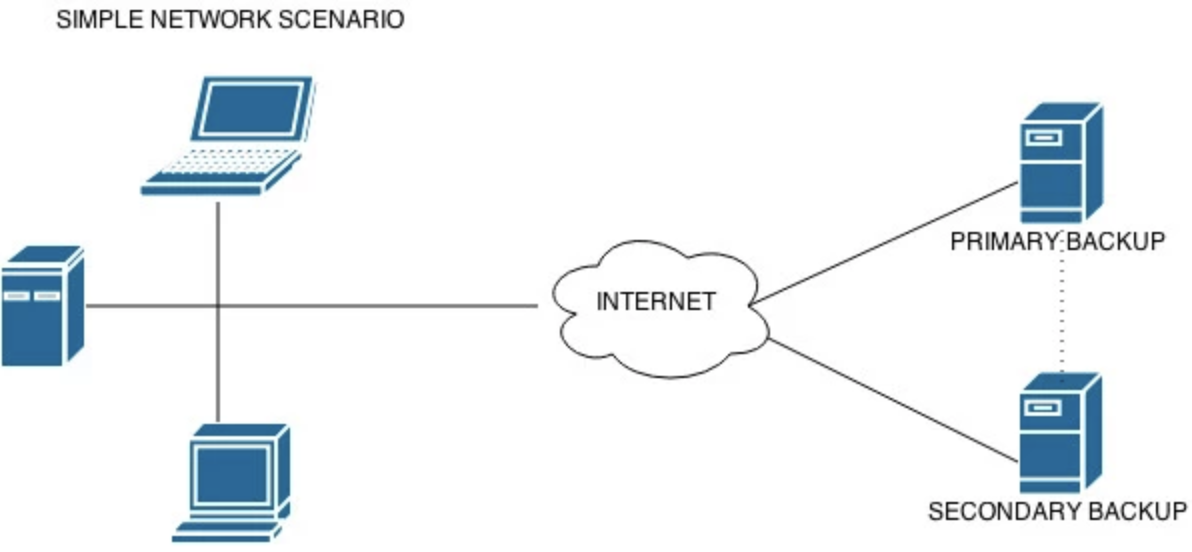Athento has backup policies to ensure the stability and integrity of the information. The goals of the backup policy are:
- Safeguarding the information assets of customers.
- Preventing data loss in the event of accidental deletion or data corruption, system error, or disaster.
- Allowing the timely restoration of information and business processes, in the event of such events.
This policy applies to all Athento Cloud servers, for On-Premise instances, the backup policy must be carried out and maintained by the customer.
System backup copies may not be used in any case for the following purposes:
- Archived data for future reference.
- Maintaining a versioned history of data.
Retention periods
The retention periods for the information contained in system-level backups are designed to allow recoverability and provide a snapshot of the information over time, as it existed for the period of time defined by backup policies.
Backups are kept for 1 year **. The copies are incremental.
Copies characteristics
The systems will be backed up according to the following scheme:
- Daily incremental backup every 24 hours.
- Backups will be made at 00 hours (CET).
- Primary and secondary backups are performed at different locations.
- Backups are made of both the document repository and the database in which the metadata and other meta information are stored.
- Likewise, functional replicas of the servers in production are made.
- Backups are periodically verified by restoring a replica.

Backup of binaries repository
For some plans, as the "Enterprise", backups of the binaries in the repository may be done in:
- Azure blob storage (cold archive mode)
- Backblaze
All backups are done in datacenters located in Europe.
Review of backups
Backups are reviewed:
- To check and correct errors.
- To control the duration of the backup job.
- To optimize backup performance when possible.
- To identify problems and take corrective action to reduce the risks associated with failed backups.
** This time can be reduced from time to time due to actions such as architecture changes, migrations, etc.
Comments
0 comments
Please sign in to leave a comment.